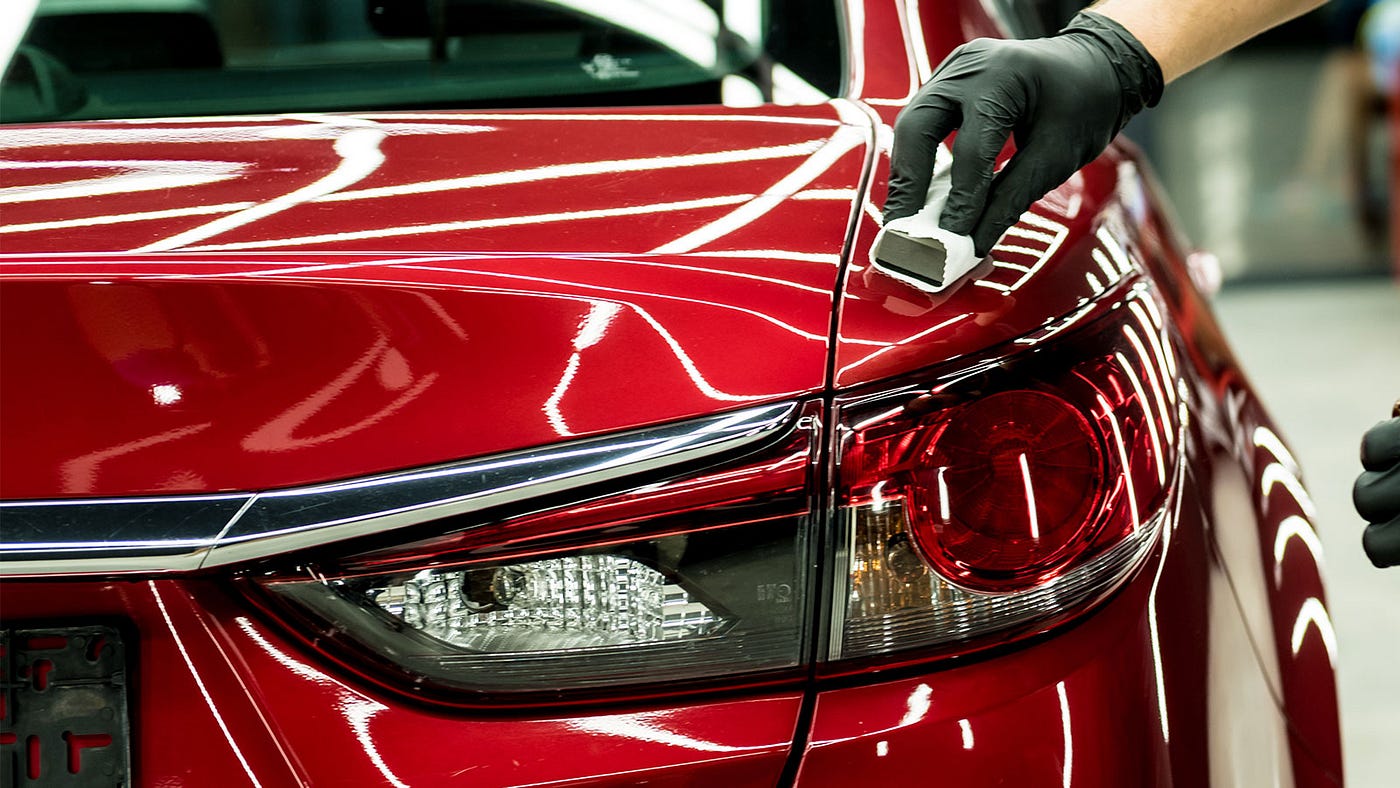Unveiling the Scientific Research Behind Ceramic Coatings: Exactly How Does It Work and Why Is It Above Standard Alternatives?
Ceramic coatings have actually been getting popularity in numerous markets for their outstanding efficiency and toughness. Understanding just how ceramic coverings job and why they surpass conventional choices is essential for those looking for to enhance the durability and strength of their materials.
The Chemistry of Ceramic Coatings
In recognizing ceramic finishings, delving into the intricate chemistry behind their make-up is vital for understanding their functionality and resilience. Ceramic coatings are largely composed of silicon dioxide (SiO2), which creates a strong and safety layer when related to numerous surfaces. This chemical structure gives phenomenal resistance to warm, chemicals, and deterioration, making ceramic finishes extremely demanded for a variety of applications.
The chemistry behind ceramic finishes involves the development of covalent bonds between silicon and oxygen atoms, developing a stiff network that enhances the finishing's toughness and resilience. In addition, the presence of various other components such as zirconium, aluminum, and titanium further boosts the covering's homes, supplying enhanced firmness and attachment to surfaces.
Recognizing the chemical composition of ceramic finishings permits for the customization of formulas to fit specific needs, whether it be for auto, industrial, or domestic functions. By harnessing the power of chemistry, ceramic finishes proceed to lead the way for exceptional protection and performance in numerous markets.
Benefits of Ceramic Coatings

One more significant advantage of ceramic coatings is their hydrophobic nature. This building triggers water to grain up and roll off the layered surface area, bring dirt and impurities with it. As a result, ceramic finishings make cleansing and preserving surfaces a lot easier and much less taxing. Furthermore, ceramic finishes provide boosted tint and gloss depth, giving surface areas a shiny and lively look. Overall, the plethora of benefits provided by ceramic layers make them a remarkable alternative compared to standard coating techniques.
How Ceramic Coatings Bond
Ceramic finishes bond to surface areas with a procedure that includes molecular bond and chemical communications. When a ceramic coating is put on a surface area, it creates a solid bond by chemically adhering to the surface at a molecular level. This bond is created through the formation of covalent bonds, which are sturdy and incredibly strong. The ceramic finishing's molecules permeate the pores of the surface, developing a tight grip that withstands splitting up.
Additionally, the chemical communications in between the ceramic finish and the surface even more enhance the bond. ceramic coatings san jose. These communications permit the ceramic coating to develop a continuous and seamless layer externally, giving superb security and toughness. Unlike conventional coverings that may sit on the surface area without fully bonding, ceramic coatings develop a long-term bond that is immune to chemicals, UV rays, and severe environmental problems

Essentially, the bonding system of ceramic finishings ensures a resilient and effective protective layer that outmatches typical finish alternatives. This remarkable bond adds to the resilience, scratch resistance, and long life of ceramic finishings, making them a favored choice for different applications.
Resilience of Ceramic Coatings
The exceptional durability of ceramic coatings stems from their robust molecular attachment and chemical interactions with surface areas, guaranteeing a resilient safety layer that goes beyond conventional layer options. As soon as applied, ceramic finishings create a strong bond with the substrate, developing a resilient barrier against different ecological stressors such as UV radiation, chemicals, and abrasions. This bond is so protected that it can hold up against the rigors of day-to-day use without wearing away try this or degrading rapidly.
Unlike typical coverings that may deteriorate gradually, ceramic coatings maintain their stability for a prolonged duration, offering durable defense for the underlying surface. The strong molecular structure of ceramic finishings withstands cracking, fading, and peeling, making sure that the surface area continues to be secured and cosmetically pleasing for years to come. This sturdiness not just minimizes the demand for frequent reapplications but likewise conserves time and cash over time. On the have a peek here whole, the phenomenal durability of ceramic coatings makes them a premium choice for safeguarding a variety of surfaces in different applications.
Ceramic Coatings Vs. Typical Alternatives
In contrast to standard finish methods, ceramic coatings provide an unique mix of durability and protective capacities that set them apart in numerous surface area protection applications. Typical choices such as wax or sealers give a momentary layer of security that can diminish promptly, requiring constant reapplication. On the other hand, ceramic coatings develop a solid bond with the surface, creating a semi-permanent or irreversible obstacle that is highly resistant to abrasion, chemicals, UV rays, and severe temperature levels.
In addition, ceramic finishes offer remarkable hydrophobic homes compared to standard layers. The hydrophobic nature of ceramic finishings triggers water to bead up and roll off the surface, carrying dust and impurities with it. This self-cleaning impact helps to maintain the surface's cleanliness and gloss for extended durations, reducing the demand for frequent maintenance.
In addition, ceramic layers have a thicker layer contrasted to typical choices, providing boosted scrape resistance and protection against minor effects. This toughness makes certain resilient performance and assists maintain the aesthetic appeal of the treated surface for an extensive duration.
Final Thought
Finally, the science behind ceramic coverings lies in their chemical structure and bonding homes, making them premium to typical alternatives. The advantages of ceramic finishings consist of enhanced durability and security for surface areas. By recognizing exactly how ceramic layers work and their benefits over traditional choices, one can make enlightened choices when considering finishing alternatives for various applications.
Unlike standard coatings that may rest on the surface area without fully bonding, ceramic finishes develop a permanent bond that is resistant to chemicals, UV rays, and extreme environmental conditions.
The phenomenal longevity of ceramic finishings stems from their durable molecular attachment and chemical interactions with surfaces, making certain a durable protective layer that exceeds standard layer options.Unlike conventional layers that might degrade over time, ceramic coverings preserve their stability for an extensive duration, giving durable resource defense for the underlying surface area.In comparison to conventional covering techniques, ceramic finishings use a distinctive blend of sturdiness and safety capabilities that set them apart in different surface area defense applications. By comprehending how ceramic coverings work and their advantages over traditional options, one can make enlightened choices when taking into consideration finishing choices for various applications.